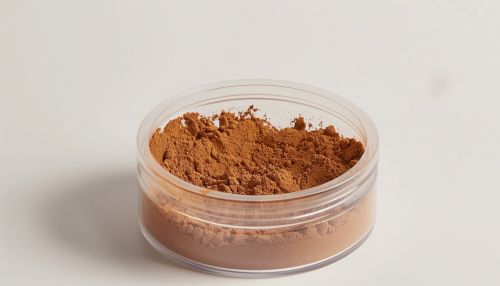Fulvic acids
Introduction
Fulvic acids are a group of organic acids, naturally occurring in the humus component of soil, peat, coal, and bodies of water. They are formed through the microbial degradation of plant matter and are a component of humic substances, which also include humic acid and humin. Fulvic acids are known for their small molecular size and high oxygen content, which contribute to their unique properties and interactions with minerals, metals, and other organic compounds.


Chemical Structure and Properties
Fulvic acids are characterized by their yellow to yellow-brown color and their ability to dissolve in water under all pH conditions. Chemically, they are complex mixtures of many different acids containing carboxyl and phenolate groups, which confer the ability to chelate (bind) divalent cations such as calcium, magnesium, and iron. The molecular weight of fulvic acids is generally less than 2,000 Daltons, making them much smaller than humic acids.
The structure of fulvic acids is not uniform; it varies depending on the source and the conditions under which they were formed. However, they typically contain a high proportion of aromatic (benzene ring) structures, carboxyl groups, hydroxyl groups, and ketone groups. These functional groups contribute to their high reactivity and ability to form complexes with metals and other organic molecules.
Formation and Sources
Fulvic acids are formed through the decomposition of organic matter by microorganisms in soil and aquatic environments. This process, known as humification, involves the breakdown of plant and animal residues into simpler organic molecules, which are then further decomposed into fulvic acids and other humic substances.
Natural sources of fulvic acids include:
- **Soil**: Fulvic acids are abundant in the humus layer of soil, where they play a crucial role in nutrient cycling and soil fertility.
- **Peat**: Peat bogs are rich in fulvic acids, which contribute to the acidic nature of these environments.
- **Coal**: Lignite and other types of coal contain significant amounts of fulvic acids, formed from the ancient decomposition of plant material.
- **Water**: Fulvic acids are present in freshwater and marine environments, where they influence the chemistry and biology of these ecosystems.
Biological and Environmental Functions
Fulvic acids play several important roles in both terrestrial and aquatic ecosystems:
- **Nutrient Transport**: Fulvic acids enhance the availability and transport of nutrients to plants by chelating essential minerals and making them more soluble and accessible.
- **Soil Structure**: They improve soil structure by promoting the aggregation of soil particles, which enhances water retention, aeration, and root penetration.
- **Microbial Activity**: Fulvic acids stimulate microbial activity in the soil, which contributes to the decomposition of organic matter and the cycling of nutrients.
- **Detoxification**: They can bind to heavy metals and other pollutants, reducing their bioavailability and toxicity to plants and microorganisms.
- **Plant Growth**: Fulvic acids have been shown to promote plant growth by enhancing nutrient uptake, stimulating root development, and increasing resistance to stress.
Industrial and Agricultural Applications
Fulvic acids are used in various industrial and agricultural applications due to their unique properties:
- **Fertilizers**: Fulvic acids are commonly used in organic fertilizers to enhance nutrient availability and improve soil health.
- **Soil Amendments**: They are added to soil amendments to improve soil structure, water retention, and microbial activity.
- **Water Treatment**: Fulvic acids are used in water treatment processes to remove heavy metals and other contaminants.
- **Animal Feed**: They are included in animal feed supplements to improve nutrient absorption and overall health.
- **Cosmetics**: Fulvic acids are used in cosmetic products for their antioxidant and anti-inflammatory properties.
Health Implications
Fulvic acids have been studied for their potential health benefits and therapeutic applications:
- **Antioxidant Activity**: Fulvic acids exhibit strong antioxidant properties, which can help protect cells from oxidative damage.
- **Anti-inflammatory Effects**: They have been shown to reduce inflammation and may be beneficial in treating inflammatory conditions.
- **Detoxification**: Fulvic acids can bind to toxins and heavy metals, aiding in their removal from the body.
- **Immune Support**: Some studies suggest that fulvic acids can enhance immune function and increase resistance to infections.
- **Gut Health**: Fulvic acids may promote gut health by supporting the growth of beneficial bacteria and improving nutrient absorption.
